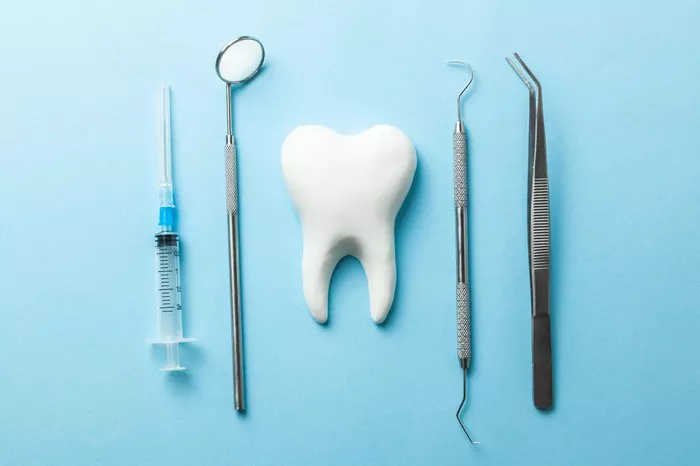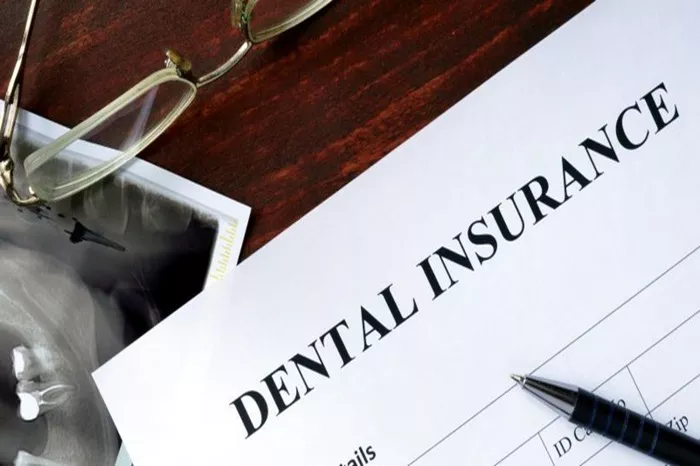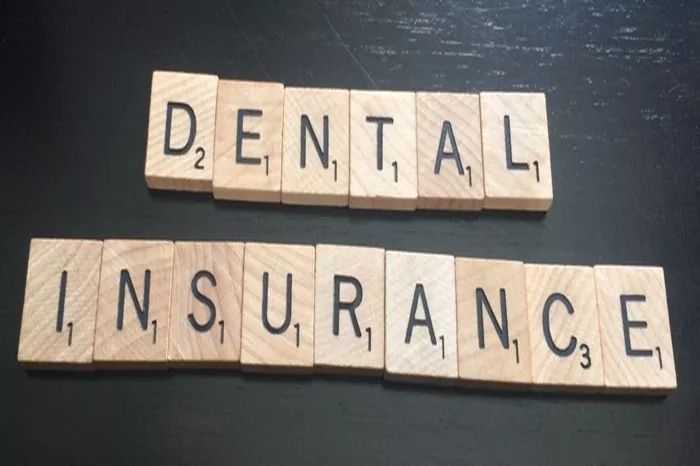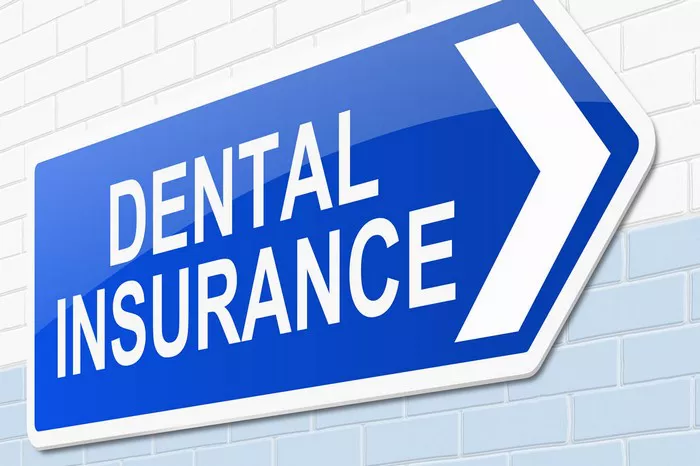Dental insurance can be complex, especially when it comes to understanding various terms and conditions that affect your out-of-pocket expenses. One crucial term you’ll often encounter is “copay.” In this article, we will explore what a copay means in the context of dental insurance. We’ll break down how copays work, how they impact your overall dental expenses, and why understanding them is essential for managing your dental care costs effectively.
Understanding the Basics of Copay
A copay, or copayment, is a fixed amount that a policyholder must pay for covered dental services at the time of the visit. This amount is usually determined by the dental insurance plan and is separate from any deductible or coinsurance you may be responsible for. The copay amount can vary depending on the type of dental service you receive and your specific insurance plan.
How Copays Fit Into Dental Insurance
Dental insurance plans are designed to help manage the costs of dental care, which can be quite significant. While these plans cover a portion of the cost for various treatments, they typically require the policyholder to pay a copay for each visit or procedure.
1. Fixed Costs
Copays are fixed costs, meaning that you pay the same amount regardless of the total cost of the service. For example, if your plan has a $20 copay for routine cleanings, you will pay $20 every time you have a cleaning, even if the total cost of the cleaning is higher.
2. Variation by Service Type
The copay amount can vary depending on the type of service you receive. Common dental services and their associated copays might include:
Routine Cleanings: Typically have a lower copay compared to more complex procedures.
Fillings: May have a moderate copay.
Crowns or Bridges: Often come with a higher copay due to the complexity and cost of the procedure.
3. Impact on Overall Costs
Understanding your copay is crucial for budgeting your dental expenses. While dental insurance helps cover a portion of the cost, copays are your immediate out-of-pocket expenses that you must plan for.
Types of Dental Services and Their Copayments
Different dental services have different copay amounts. Here is a breakdown of common dental services and the typical copays associated with them:
1. Preventive Services
Preventive services, such as routine cleanings, exams, and X-rays, usually have lower copay amounts. These services are essential for maintaining oral health and preventing more severe issues.
Routine Cleanings: Often have a copay ranging from $10 to $30.
Exams: May have a similar copay range as cleanings.
X-Rays: The copay for X-rays can vary, typically falling between $20 and $50.
2. Basic Restorative Services
Basic restorative services include fillings and simple extractions. The copay for these services is generally higher than for preventive care but still manageable.
Fillings: Copays can range from $30 to $80 depending on the material used and the complexity of the procedure.
Simple Extractions: Typically have copays in the range of $50 to $100.
3. Major Services
Major services, such as crowns, bridges, and root canals, usually come with higher copay amounts due to the complexity and cost of these procedures.
Crowns: The copay for crowns can range from $100 to $300.
Bridges: Similar to crowns, with copays ranging from $200 to $400.
Root Canals: Copays may vary from $150 to $300.
Factors Influencing Copay Amounts
Several factors can influence the copay amounts in your dental insurance plan:
1. Insurance Plan Design
Each dental insurance plan is designed differently, which affects the copay amounts. Some plans may have a flat copay for all services, while others may have tiered copays based on the type of service.
2. Service Provider
The copay amount can also be influenced by the service provider. In-network providers usually have set copay amounts agreed upon with the insurance company, while out-of-network providers might have different copays.
3. Geographic Location
Your geographic location can affect copay amounts due to regional variations in the cost of dental care.
See Also: What Does My Dental Insurance Cover?
Understanding Your Copay and Insurance Plan
To effectively manage your dental expenses, it’s important to understand how your copay works within the context of your overall insurance plan. Here’s how you can navigate this:
1. Review Your Insurance Policy
Your dental insurance policy will outline the copay amounts for various services. Review this document carefully to understand what you’ll be expected to pay out-of-pocket.
2. Consult with Your Dental Provider
Your dental provider can help clarify the copay amounts for specific services. It’s a good practice to ask for an estimate before undergoing any procedure.
3. Budget for Copays
Incorporate the cost of copays into your overall dental care budget. Knowing the copay amounts can help you plan for future dental visits and avoid unexpected expenses.
The Role of Copays in Dental Insurance
Copays play a crucial role in dental insurance by balancing the cost-sharing between the insurance provider and the policyholder. Here’s how copays contribute to the overall insurance system:
1. Cost Sharing
Copays are a way for dental insurance plans to share the cost of dental care with policyholders. By requiring a fixed payment for services, insurance companies can manage their costs while still providing coverage.
2. Encouraging Preventive Care
Lower copay amounts for preventive services encourage policyholders to seek regular dental care. This helps in early detection and prevention of more serious dental issues, which can lead to cost savings in the long run.
3. Controlling Overuse
Copays help control the overuse of dental services. When policyholders are required to make a payment for each visit or procedure, they are less likely to seek unnecessary treatments.
Managing Copays and Dental Care Costs
Effectively managing your copays can help you control your overall dental care costs. Here are some tips for managing these expenses:
1. Utilize Preventive Care
Taking advantage of preventive care services with lower copays can help you avoid more costly treatments in the future. Regular cleanings and exams are essential for maintaining oral health.
2. Plan for Major Procedures
For major procedures with higher copays, consider planning and budgeting ahead of time. If possible, discuss payment options with your dental provider to manage the costs.
3. Maximize Your Insurance Benefits
Understand your dental insurance benefits and use them wisely. Some plans have annual maximums or limits on certain types of care, so it’s important to know how to make the most of your coverage.
Conclusion
In summary, understanding what a copay means in dental insurance is essential for managing your dental care costs effectively. A copay is a fixed amount you pay for covered dental services, separate from deductibles and coinsurance. It varies depending on the type of service and your insurance plan. By reviewing your insurance policy, consulting with your dental provider, and budgeting for copays, you can better manage your out-of-pocket expenses and make informed decisions about your dental care.






















